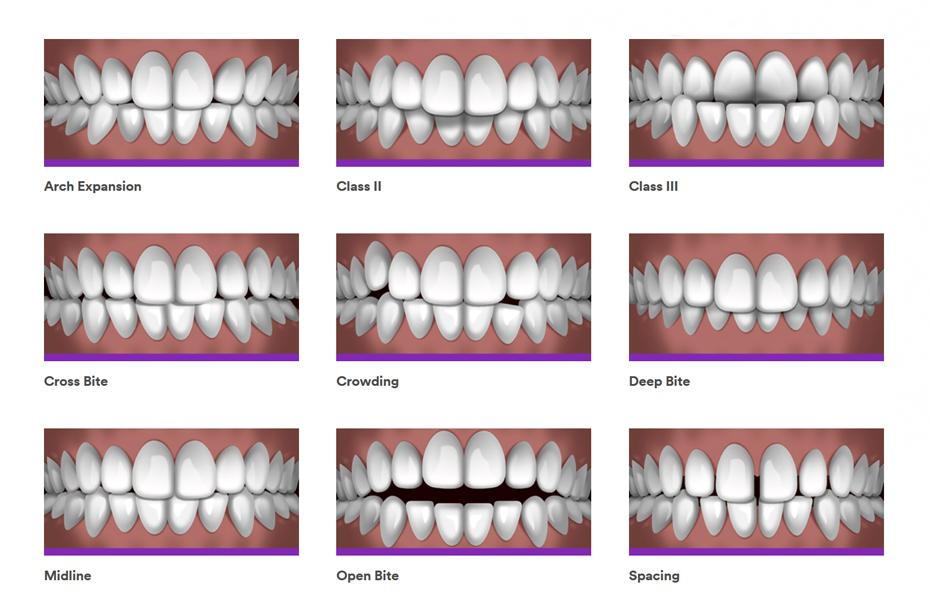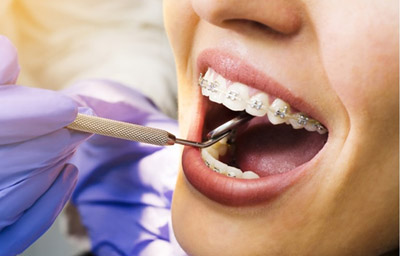The smart Trick of Causey Orthodontics That Nobody is Talking About
The smart Trick of Causey Orthodontics That Nobody is Talking About
Blog Article
Getting My Causey Orthodontics To Work
Table of ContentsUnknown Facts About Causey OrthodonticsThe Of Causey OrthodonticsThe smart Trick of Causey Orthodontics That Nobody is DiscussingNot known Incorrect Statements About Causey Orthodontics The 6-Second Trick For Causey Orthodontics
Disregarding occlusal partnerships, it was typical to get rid of teeth for a selection of oral concerns, such as malalignment or overcrowding. The idea of an intact teeth was not commonly valued in those days, making bite relationships seem unnecessary. In the late 1800s, the concept of occlusion was vital for producing trustworthy prosthetic substitute teeth.As these concepts of prosthetic occlusion proceeded, it became an indispensable tool for dental care. It was in 1890 that the work and effect of Dr. Edwards H. Angle began to be really felt, with his contribution to modern orthodontics particularly noteworthy. Focused on prosthodontics, he instructed in Pennsylvania and Minnesota before guiding his interest towards oral occlusion and the treatments required to keep it as a typical problem, therefore becoming known as the "papa of modern-day orthodontics".

The concept of optimal occlusion, as proposed by Angle and included into a category system, allowed a shift towards treating malocclusion, which is any kind of inconsistency from typical occlusion. Having a complete set of teeth on both arcs was highly demanded in orthodontic treatment because of the need for exact relationships between them.
The 7-Second Trick For Causey Orthodontics
As occlusion ended up being the key priority, face percentages and appearances were disregarded - best orthodontist. To accomplish ideal occlusals without utilizing external pressures, Angle proposed that having perfect occlusion was the finest method to obtain optimal face aesthetic appeals. With the death of time, it came to be fairly noticeable that also an exceptional occlusion was not ideal when considered from an aesthetic factor of sight
Charles Tweed in America and Raymond Begg in Australia (that both studied under Angle) re-introduced dental care extraction into orthodontics throughout the 1940s and 1950s so they could boost face esthetics while additionally guaranteeing much better stability worrying occlusal partnerships. In the postwar period, cephalometric radiography begun to be utilized by orthodontists for gauging changes in tooth and jaw position caused by growth and treatment. It became apparent that orthodontic treatment could readjust mandibular development, resulting in the formation of practical jaw orthopedics in Europe and extraoral force procedures in the US. These days, both practical home appliances and extraoral gadgets are used around the globe with the objective of changing development patterns and forms. As a result, going after real, or a minimum of enhanced, jaw relationships had become the primary objective of treatment by the mid-20th century.
The Ultimate Guide To Causey Orthodontics
 Until the mid-1970s, braces were made by covering steel around each tooth. https://writexo.com/v147ot2j., it ended up being possible to rather bond steel braces to the teeth.
Until the mid-1970s, braces were made by covering steel around each tooth. https://writexo.com/v147ot2j., it ended up being possible to rather bond steel braces to the teeth.This has had meaningful impacts on orthodontic therapies that are carried out frequently, and these are: 1. Proper interarchal relationships 2. Appropriate crown angulation (suggestion) 3.
The advantage of the layout exists in its bracket and archwire mix, which calls for only marginal cable bending from the orthodontist or clinician (orthodontist services). It's appropriately named hereafter function: the angle of the port and thickness of the bracket base eventually determine where each tooth is positioned with little demand for added control
The Only Guide for Causey Orthodontics
Both of these systems utilized the same brackets for each tooth and required the bending of an archwire in three planes for finding teeth in their desired settings, with these bends determining utmost placements. When it comes to orthodontic devices, they are split into 2 kinds: detachable and fixed. Detachable appliances can be tackled and off by the individual as needed.

Therefore, practically all modern fixed home appliances can be taken into consideration variants on this edgewise appliance system. Early 20th-century orthodontist Edward Angle made a significant contribution to the globe of dentistry. He developed 4 unique device systems that have been made use of as the basis for many orthodontic treatments today, preventing a couple of exceptions.
How Causey Orthodontics can Save You Time, Stress, and Money.

The wire ended in a string, and to relocate ahead, an adjustable nut was made use of, which enabled a boost in circumference. By ligation, each private tooth was affixed to this extensive archwire (best orthodontist). Because of its limited variety of motion, Angle was not able to achieve specific tooth placing with an E-arch
These tubes held a soldered pin, which could be rearranged at each consultation in order to move them in location. Called the "bone-growing home appliance", this device was thought to urge much healthier bone development because of its potential for moving pressure straight to the roots. However, applying it showed problematic in truth.
Report this page